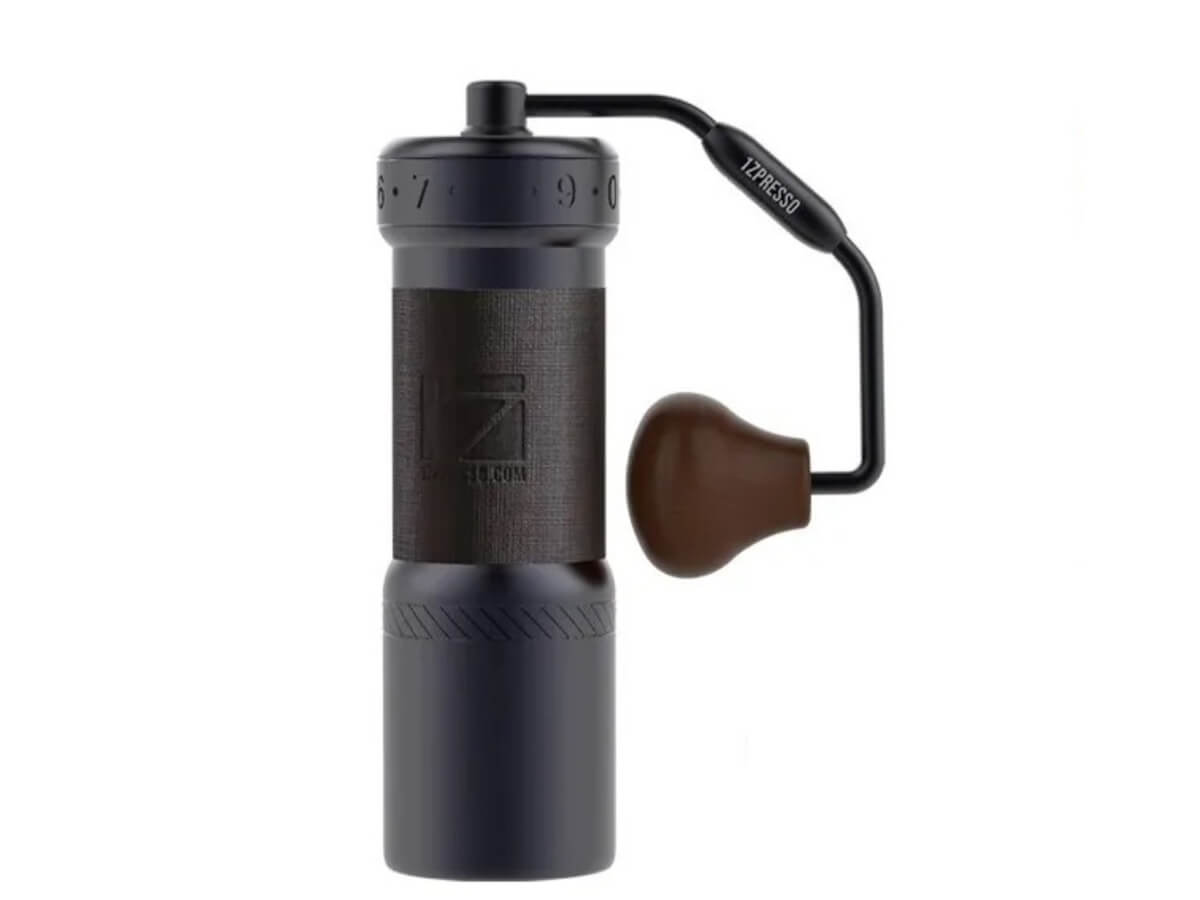The Ultimate Grinding Friend: 1Zpresso J-Ultra Coffee Mill
The Ultimate Grinding Friend: 1Zpresso J-Ultra Coffee Mill
Blog Article
Master the Art of Grinding Coffee Beans: A Guide to Coffee Grinders
For coffee lovers, the process of grinding coffee beans is more than just a routine job; it is an art kind that can substantially affect the taste and top quality of the last mixture. Comprehending the nuances of different grinder kinds, picking the proper work size, and employing the right techniques are essential actions in the direction of accomplishing that best cup of coffee.
Types of Coffee Grinders
There are three key kinds of coffee grinders commonly made use of by coffee fanatics: blade grinders, burr grinders, and hand-operated grinders. Blade grinders are one of the most fundamental type, making use of a basic blade to slice the coffee beans. While they are budget friendly and very easy to utilize, they frequently result in irregular coffee grounds as a result of irregular grinding. Burr grinders, on the various other hand, provide even more precision by squashing the beans between a moving grinding wheel and a non-moving surface area. This causes a consistent work size, which is vital for a consistent coffee flavor. Burr mills can be found in both level and conical shapes, each offering a little different grinding features.
Manual grinders, as the name recommends, call for manual initiative to grind the coffee beans. They are often chosen by those that enjoy the process of hand brewing coffee or for those that value transportability. Manual grinders can vary in style, from basic portable models to much more complex kitchen counter versions. While they may require more effort, hands-on mills supply control over the grinding procedure, allowing users to adjust the grind size to their preference. Each type of coffee grinder has its advantages and suitable usage instances, providing to the varied choices of coffee fanatics.

Picking the Right Grind Dimension
With an understanding of the various sorts of coffee mills, the next vital action in attaining the perfect cup of coffee is picking the ideal work size. The grind dimension plays a substantial duty in establishing the flavor profile of your coffee (1Zpresso J-Ultra). Different brewing methods require specific grind dimensions to optimize the extraction of tastes from the coffee premises
For a crude grind, suitable for French press and cool mixture methods, the coffee beans must resemble breadcrumbs, i thought about this offering a durable and vibrant taste. Medium-coarse grinds, suitable for Chemex or Clever Dripper, have a texture similar to rugged sand, supplying a well balanced preference.
Medium grinds, commonly made use of in drip coffee manufacturers, have a consistency resembling normal sand, causing an all-around taste. Great grinds, ideal for espresso makers, belong to salt, generating a rich and extreme preference. Extra-fine grinds, used in Turkish coffee, are as fine as powdered sugar and create a strong and potent brew.
Grinding Techniques for Optimum Flavor
To extract the fullest capacity of taste from your coffee beans, grasping correct grinding methods is important. Consistency is essential when it comes to grinding coffee beans for ideal flavor. By paying attention to these grinding methods, you can boost the flavor account of your coffee and enjoy a more gratifying mug every time.
Upkeep and Cleansing Tips

In enhancement to routine cleaning, it is crucial to examine your mill for any type of signs of wear or damages. Check the blades, burrs, and various other components for any kind of dullness or breakdowns. Replace any type of damaged parts without delay to preserve the quality of your coffee work. Shop your grinder in a completely dry and clean environment to stop any wetness or dust from affecting its efficiency. By adhering to these maintenance and my company cleansing suggestions, you can make certain that your coffee grinder proceeds to provide scrumptious freshly ground coffee for many years ahead.
Troubleshooting Common Mill Issues


Guaranteeing your coffee grinder works efficiently requires proficient troubleshooting of common problems that may emerge throughout its use. One usual problem with coffee grinders is irregular grind size.
An additional regular concern is grinder clogging. This can occur when oils from the coffee beans develop and block the mill's chute. To resolve this, take apart the mill and clean all parts extensively, paying special interest to moved here the chute and burrs. In addition, bear in mind overfilling the hopper to stop obstructions.
Lastly, if your grinder is producing too much noise during procedure, it could suggest an issue with the electric motor or internal components. In such instances, it is recommended to speak with the supplier's directions for troubleshooting actions or look for professional help to diagnose and correct the concern promptly.
Final Thought
Finally, understanding the art of grinding coffee beans entails understanding the various sorts of coffee mills, choosing the best grind size, using proper grinding strategies for optimal taste, and keeping and cleaning up the grinder consistently. By adhering to these standards and fixing typical grinder concerns, coffee lovers can raise their coffee brewing experience and enjoy a scrumptious mug of coffee every single time.
Report this page